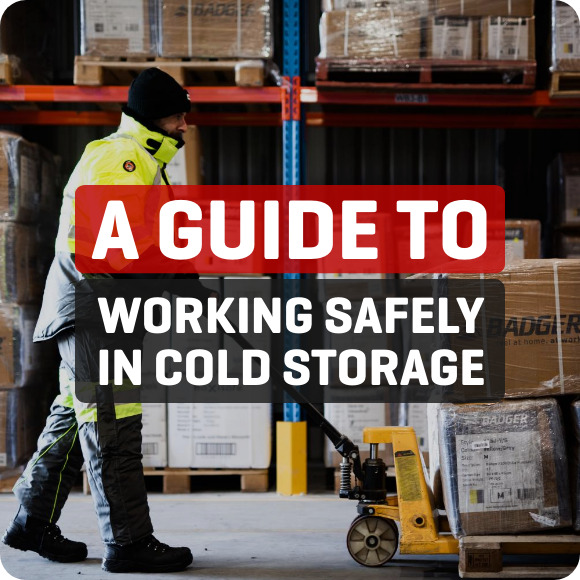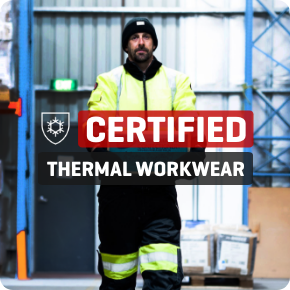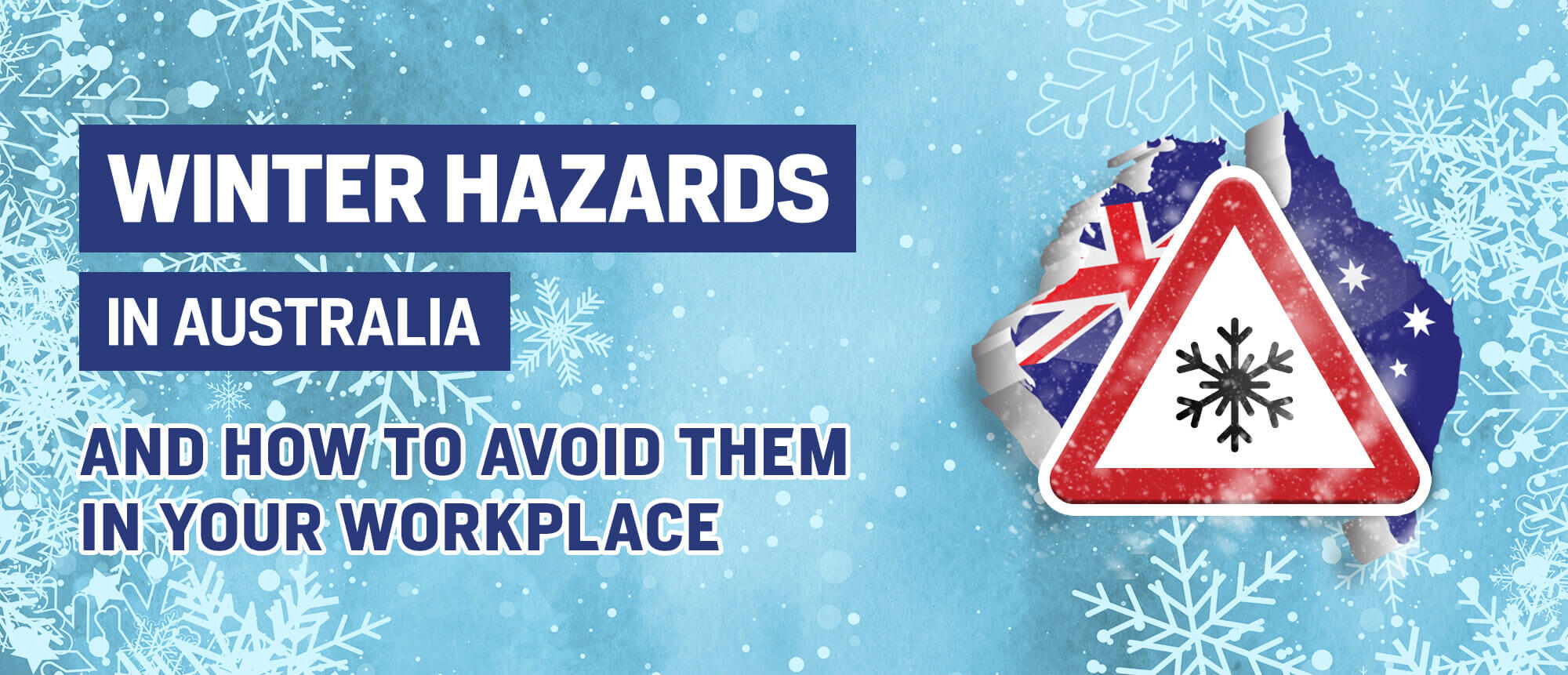
While Australia doesn’t cop the extreme, freezing conditions countries in the Northern Hemisphere do, winter does bring a change in working conditions that increases the hazards of workplaces and sites.
The Australian winter’s heavy rain, wind, and from time to time, sleet, ice, and snow introduce additional risks as workers try to go about their daily jobs.
This article will cover the 5 core risks your staff face in the winter months and how you avoid them whilst keeping your team warm, safe and comfortable!
Keep your staff warm and comfortable.
The most obvious hazard of the cold months is their impact on the bodies and health of employees. Exposure to cold, uncomfortable conditions can reduce the concentration spans of workers, increasing the risk of hazardous behaviour. Furthermore, Australian workers are at risk of more severe illnesses and conditions such as hypothermia (which according to JobSafe SA can occur in temperatures above freezing), frostbite and chilblains.

To reduce the impact of the cold on your workers, there are several steps you can take:
- Provide localized heating, such as warm-up rooms in cold storage
- Protection from the wind and rain through marquees or shelters
- Provide warm clothing and PPE. Water conducts heat away from your skin 25 times faster than air, so waterproof clothing is vital if your staff work in damp areas.
- Ensure you provide specialized protection for their extremities. This article explains why their hands and toes are most at risk.
What’s more, warm and comfortable clothing will help maintain the productivity of your staff and will pay itself off very quickly!
Keep high foot traffic areas clear and dry
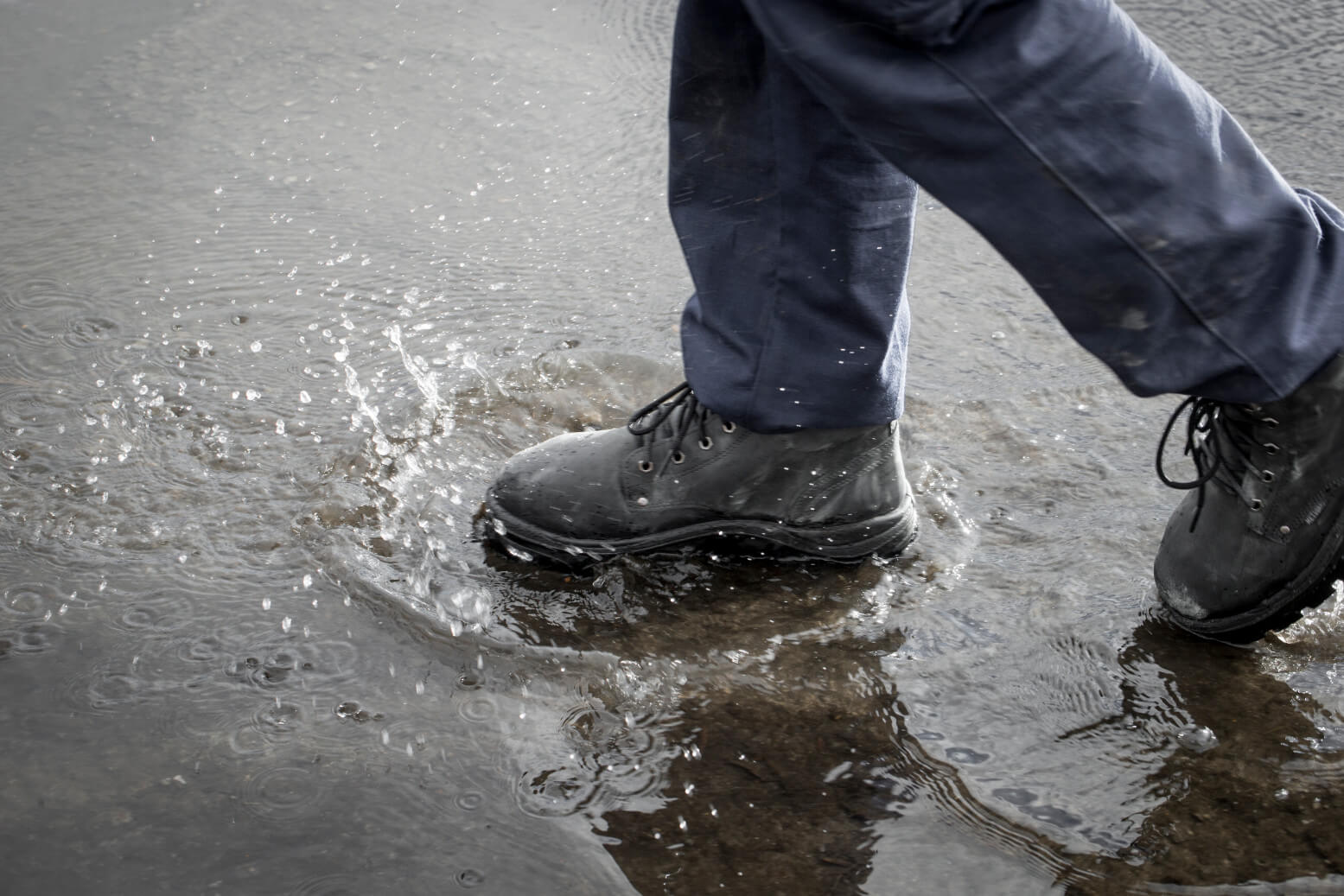 In the past 12 months, over 84,000 workers have registered a compensation claim because of slipping. This hazard increases significantly in winter, as employees carry water and mud with them. High-traffic areas like lobbies, doorways and walkways can become extremely slippery.
In the past 12 months, over 84,000 workers have registered a compensation claim because of slipping. This hazard increases significantly in winter, as employees carry water and mud with them. High-traffic areas like lobbies, doorways and walkways can become extremely slippery.
To reduce the risk of slippery areas in your workplace, you can:
- regularly clean the areas, including mopping and drying
- have clothing racks available so wet jackets/umbrellas etc., aren’t carried around dripping wet
- use clear ‘wet floor’ signage and cones
- use absorbent floor mats.
Work against common winter illnesses.
The risk of your staff ‘going down’ with illness is higher during the colder months due to how it affects your immune system. You’ve got to be fit for work and if you’re struggling with a cold or virus, your attention span can be reduced, increasing the chance of incidents and injuries.
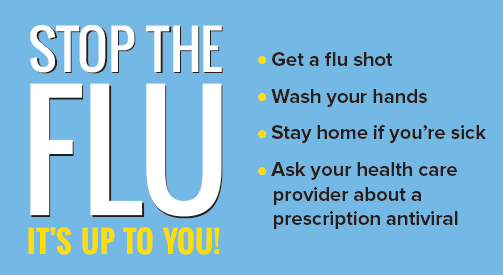
To avoid viruses or illness spreading throughout your workplace, you can:
- ensure hand sanitiser is easily accessible around the site
- ensure restrooms are regularly cleaned
- put up posters and other awareness initiatives to remind staff of the increased risks
- maintain a healthy working environment by regulating temperatures.
Be mindful of reduced visibility.
The reduced daylight hours in winter and other factors that reduce visibility, including fog and rain, introduce risks and hazards you must be aware of. Use artificial lighting and ensure all your staff wear compliant hi-vis clothing. The reduced daytime hours can also encourage your team to rush their work, which can increase the risk of an incident.
Working in cold storage gets colder!
 A note for those who work in commercial freezers and fridges – in winter, the cold stores (seem to, at least) get colder!
A note for those who work in commercial freezers and fridges – in winter, the cold stores (seem to, at least) get colder!
We’ve had feedback from cold storage workers around Australia that working in fridges and freezers seems colder in winter. This is because of several reasons, including that colder air, comes into airflow in the freezers, which can reduce the overall temperature of the cold store. However, the effect of the lower temperatures when you go out of the cold store is more significant. You are already cold when you walk into the freezer, and when you go outside for warm-up breaks, you are hit with more cold wind!
To stay safe in the (even) colder months in cold storage, follow all the best practices for staying warm and safe, and wear a couple more layers of clothing.

